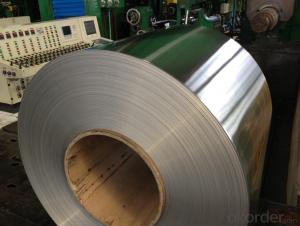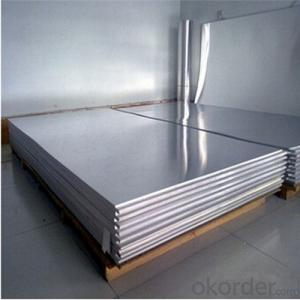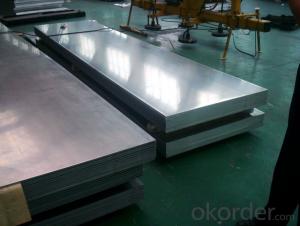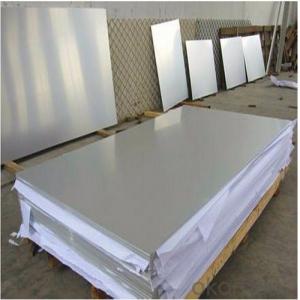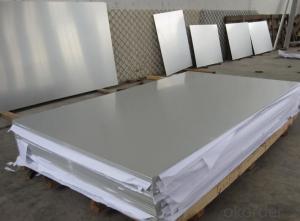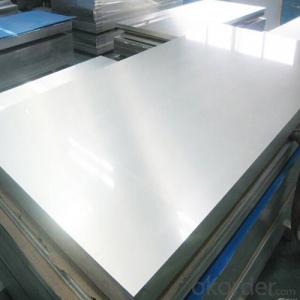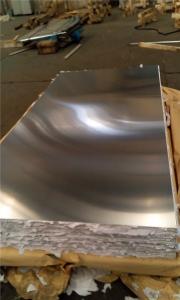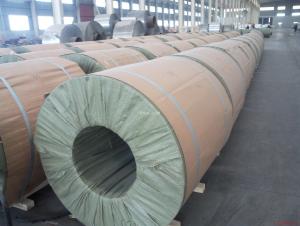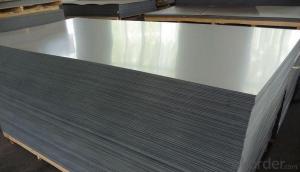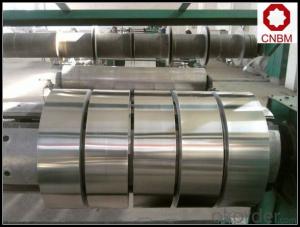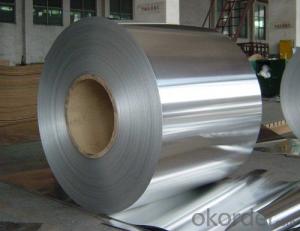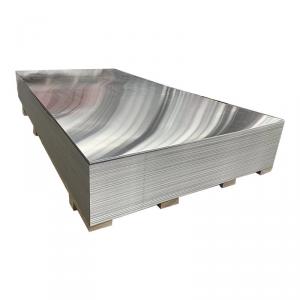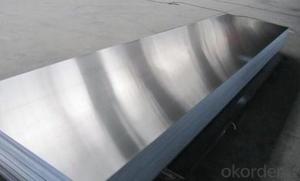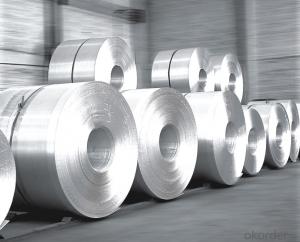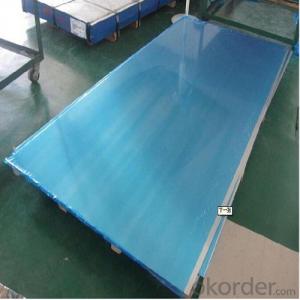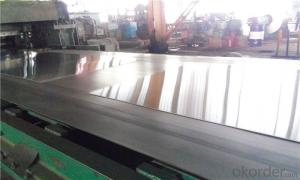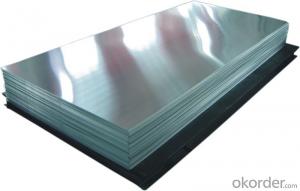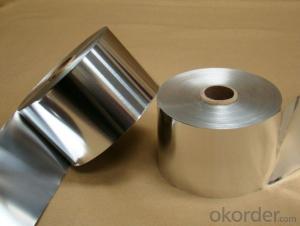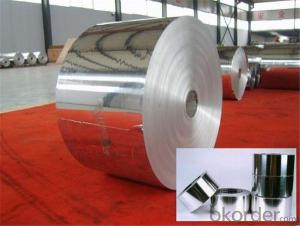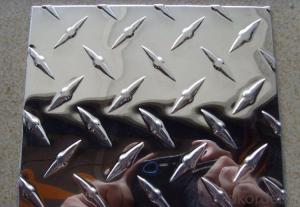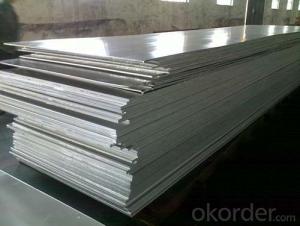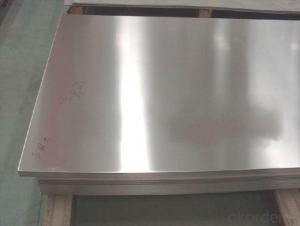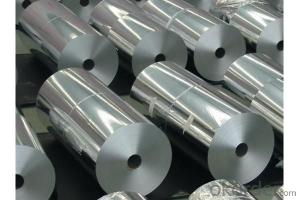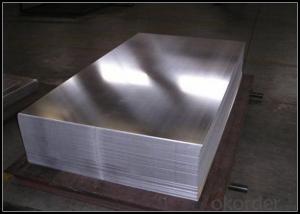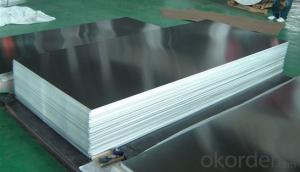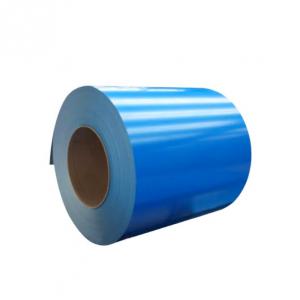5083-H321 Aluminum Plate
5083-H321 Aluminum Plate Related Searches
5083 H321 Aluminum Plate 5083-H32 Aluminum Plate 5083 H32 Aluminum Plate 5083-H116 Aluminum Plate 5083 H116 Aluminum Plate 5086 H32 Aluminum Plate 5083 Cast Aluminum Plate 5083 0 Aluminum Plate 5083 Aluminum Armor Plate 5052-H32 Aluminum Plate 5083 Aluminum Plate Supplier 5086 Aluminum Plate 5086-H116 Aluminum Plate 5052 H32 Aluminum Plate 5086 H116 Aluminum Plate 5083 Aluminum Plate Prices 5052 Aluminum Plate 5456-H116 Aluminum Plate 5754 Aluminum Plate 5005 Aluminum Plate 1/4 5052 Aluminum Plate 5052 0 Aluminum Plate 5456 H116 Aluminum Plate 5052-H32 Aluminum Sheet 5454 Aluminum Plate 5086 Aluminum Plate Suppliers 5086 Aluminum Plate Prices 3003 Aluminum Plate 4032 Aluminum Plate 5000 Series Aluminum Plate5083-H321 Aluminum Plate Supplier & Manufacturer from China
5083-H321 Aluminum Plate is a high-quality aluminum alloy product known for its excellent corrosion resistance and weldability. It is widely used in various industries due to its superior strength-to-weight ratio and formability. This product is particularly favored in applications such as marine environments, transportation, and construction, where its resistance to corrosion and ability to withstand high stress make it an ideal material choice. Okorder.com, as a leading wholesale supplier, offers a vast inventory of 5083-H321 Aluminum Plate to cater to the diverse needs of clients across different sectors. With a commitment to quality and customer satisfaction, Okorder.com ensures that the 5083-H321 Aluminum Plate they provide meets the highest industry standards.Hot Products
